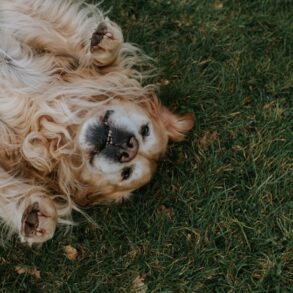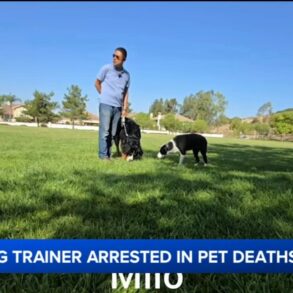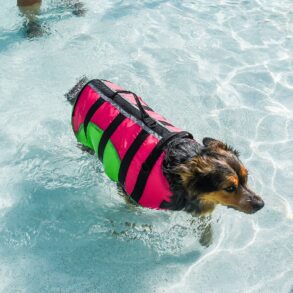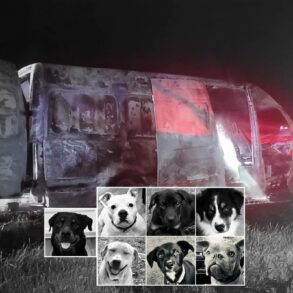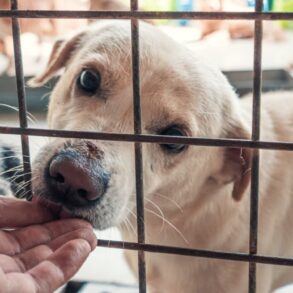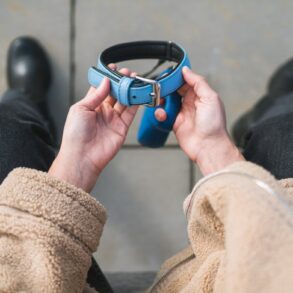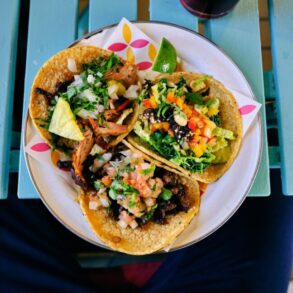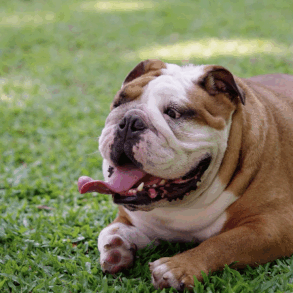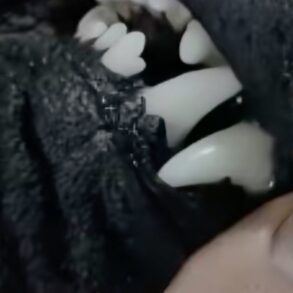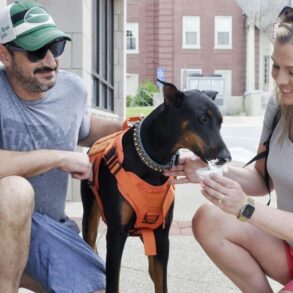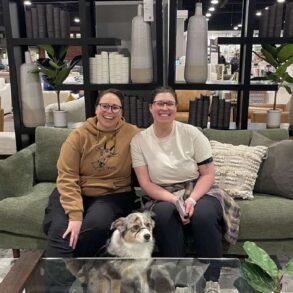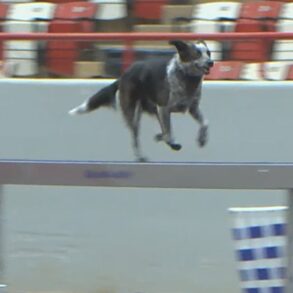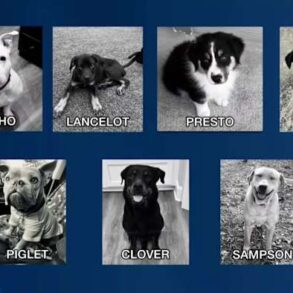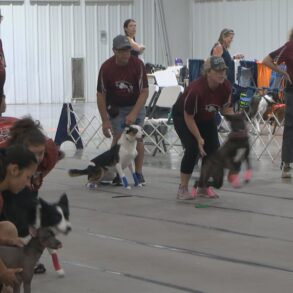Most Americans love their pets, but when it comes down to it, they clearly lean toward dogs. More U.S. households own dogs than cats, and the gap is growing. Dog lovers outspend cat folks, connect more emotionally, and even choose where to live based on pet needs.
Pets are a part of 70% of U.S. households, but dogs take the lead. According to stats, around 65.1 million households own a dog, compared to 46.5 million with cats. That is not a small gap. Nearly 45% of households go for dogs, while cats live in just under 30%.
Over the past few years, this lead has only widened. From 2016 to 2022, dog ownership jumped by 6.1 percentage points, while cat ownership only saw a 4-point rise.
A 2017 survey found that 51% of Americans said they preferred dogs over cats. Only 26.9% claimed to be cat people.
Another study backed this up, showing that nearly 59% of people identify as “dog people.” Cats got less than half that support. The preference is not close. The emotional gap seems just as large as the ownership one. Only 2% said they strongly dislike dogs, whereas 15% admitted they really don’t like cats.
Dogs Inspire Stronger Feelings Overall

Mad / Pexels / An AP-Petside.com poll showed 74% of respondents said they like dogs “a lot.” Only 41% felt that way about cats. That is a 33-point difference, not a subtle one.
Where people live affects which pets they prefer. Dogs are more common in the South and Southwest. Arkansas has the highest dog-to-cat ratio in the country at 1.35 to 1. Texas is another dog-heavy state.
Meanwhile, cats hold their ground in the Northeast. Massachusetts and Vermont lean more toward feline companions. Cultural habits, lifestyle pace, and climate may all play a part in these pet choices.
Rural households lead in pet ownership overall, reaching about 71%. Space is a key factor. Big yards and wide-open land make it easier to have dogs, especially active breeds that need room to move.
In cities, cats have a slight edge. Their size and independence fit smaller apartments and busy schedules. But even in urban zones, dog parks and pet-friendly cafes have kept dogs in the mix.
Among pet owners, millennials make up the largest share at 33%. They also show a clear tilt toward dogs. This generation tends to invest in experiences and social connections, and dogs fit right into that lifestyle.
Baby boomers show a slight preference for cats. Quieter lifestyles and established routines might make cats a more convenient pet for this age group.
Cats demand less attention and are easier to leave at home. Boomers, who may travel less or work fewer hours, often prefer the low-maintenance rhythm cats bring.
Pet spending gives us another window into the emotional bond. Dog owners spend about $1,400 a year on their pets, whereas cat owners spend less, around $1,200. That extra $200 often goes toward services like daycare or premium food.
Nearly all pet owners, about 97%, say their pets are family. But there is a difference in how they express it. Over half of dog owners, 53%, say their dog is equal to a human family member. For cat owners, that number drops slightly to 48%.
Women show a minor tilt toward cats, with about 29.5% saying they prefer them, compared to 24.2% of men. Still, dogs remain the favorite overall across both genders.
This post was originally published on this site be sure to check out more of their content.





